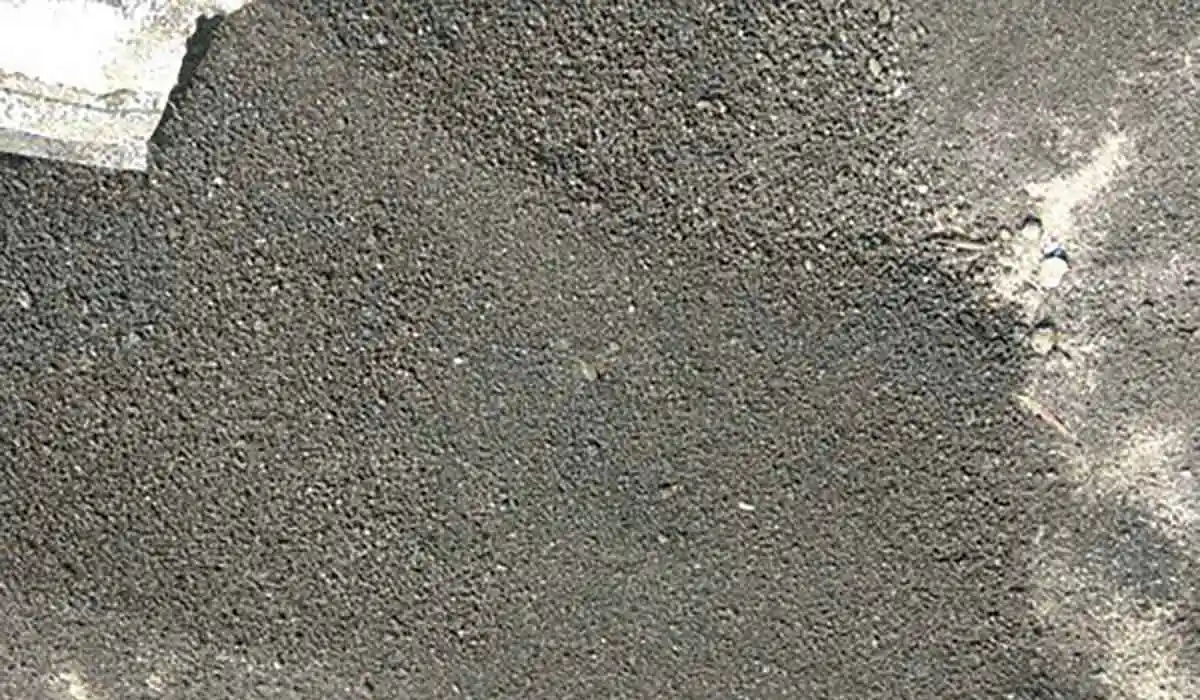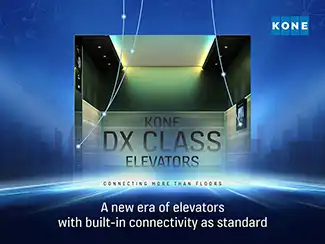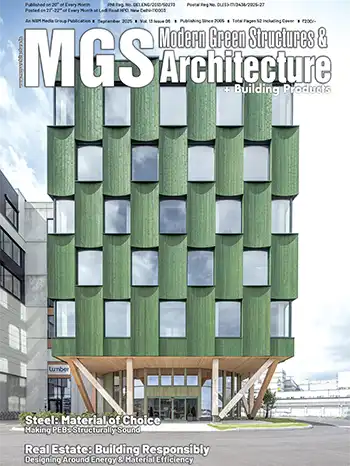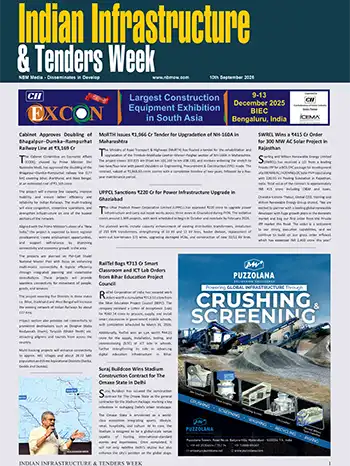Sustainability of Concrete Using Copper Slag as Replacement for River Sand

Dr.T.Ch.Madhavi, Professor & Head of the Department, Civil Engineering - SRM Institute of Science and Technology, Ramapuram, Chennai
Concrete consumption is so extensive that it stands second to water. Spiraling urbanization has led to excessive consumption of concrete, which has increased the demand for sand, cement and coarse aggregates. The sand consumption across the world per annum is estimated to be about 15 billion tons. This excessive utilization and continued heavy demand have led to an acute shortage of sand in the construction industry.
In India, as sand started becoming a scarce material, sand mining and dredging from riverbeds increased, resulting in ecological imbalance and a serious environmental issue. Excessive sand mining poses a threat to the ecology by increasing the depth of rivers and estuaries, increasing soil erosion along the shoreline, disturbing the aquatic species thereby inducing changes in the food chain, and disturbing flora and fauna in the surroundings.
To save our rivers, sand mining has to be reduced and alternate materials considered. Industrial waste products were considered an apt substitute for sand. Any material which is basically chemically inert and having particle size falling in BIS Zoning criteria, would be an ideal replacement for river sand (partially or fully) in concrete. One such material which has a high scope for use in concrete is Copper Slag.
Copper Slag
Copper slag produced during the matte smelting and refining of copper ore, during which, the iron present in the copper concentrate combines chemically at 1200°C with silica present in flux materials such as river sand/silica sand/ quartz fines to form iron silicate, which is termed as copper slag. The copper slag thus generated is quenched with water to produce granulated copper slag. For every ton of pure copper, 2.2 tons of slag is produced. If left unutilized, copper slag contaminates the soil and causes environmental pollution and health hazards.
Copper Production
There are two primary sources of copper supply: Mining and Refining & Recycling.















